By Lee Goen
Time may well be your most precious asset. I become more aware of it as I age. When we’re young, our goal is to get older, but at this point in my life, it seems to get harder and harder to increase in age. When I began working with helical products, their use was not widely known or accepted. The challenge was often to gain acceptance so that they could be utilized on a job where they would be of benefit.
The effort required to gain acceptance of the use of helical foundations and anchors in today’s market involved seminars, presentations, mailings, and often long phone calls to answer concerns, questions, and build confidence.
Today, the use of helical products as structural elements is more accepted, but often requires more justification than other types of foundations. There are favorable environments where the helical products work well, and there are certain conditions where they work better than other solutions. However, discussion of conditions for the use of helical products is a topic for another day! Today, we want to discuss how the use of helical foundations and anchors can be beneficial to you. And that benefit is time.
The use of helical foundations or anchors can often save time during the design period of a job, but the biggest time savings is during the actual construction. When there is a need to save time on a job, take these factors into consideration:
- Consider the use of helical foundations and anchors at the outset of the project versus other conventional solutions. They may offer a more economical time solution overall.
- Choose a product distributor/manufacturer that can support not only design and application requests, but provide technical support throughout a job so any necessary decisions can be addressed immediately and progress can continue.
- Most importantly, choose a reliable contractor with varied experience using and installing helical foundations. This means they will have the knowledge to select the proper equipment and have an experienced crew of proper size to efficiently complete the job. Also, they will have the skills to handle any anomalies that nature reveals after foundation installation begins on a construction project.

Several years ago, there was a temporary tieback job on the East Coast that used the helical tieback anchors to retain the walls of a building excavation. The contractor reported that helical tieback portions were consistently completed well ahead of the excavation contractor. Where conventional tieback anchors require drilling, placement, grout set-up, and testing, the helical tieback can be installed, tested, and locked-off immediately. Typically, the excavating contractor is held up by the tieback crew when grouted anchors are used. However, when helical anchors are used and the tieback tier is completed, the tieback crew may need to be assigned to another job while the excavator cuts down to the next level. If room allows, putting an additional excavator on the job may significantly reduce job time.
There are many and varied reasons to use the helical foundations and anchors as founding elements for various construction applications, but the time savings is one that is often not given the proper recognition.
_________________________________________________________________________
Presently, Lee assist owners, engineers, and contractors with technical assistance, guidance, and recommendations on the proper use of helical foundations and anchors for specific job and site requirements.
To learn about other applications Lee has worked on, check out Walter Smith’s article, “Innovation Takes Trial and Error.”




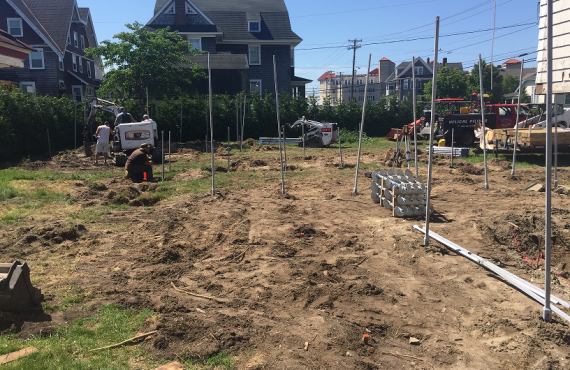
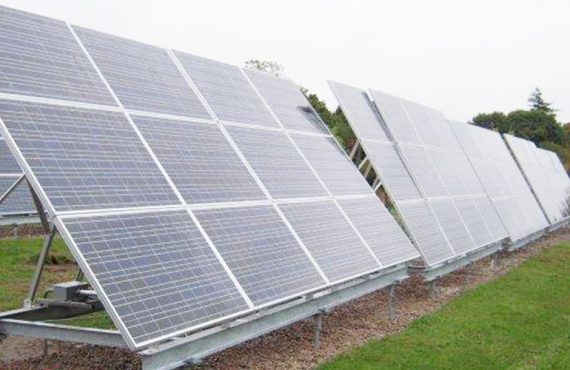
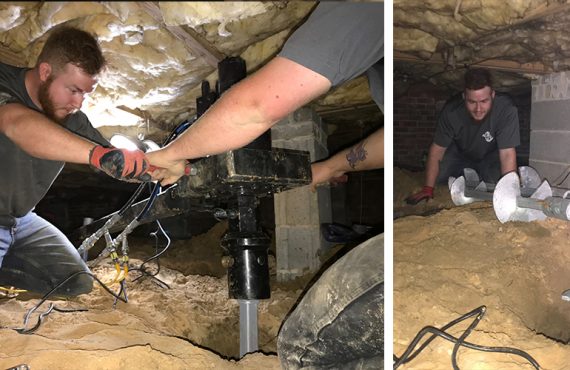
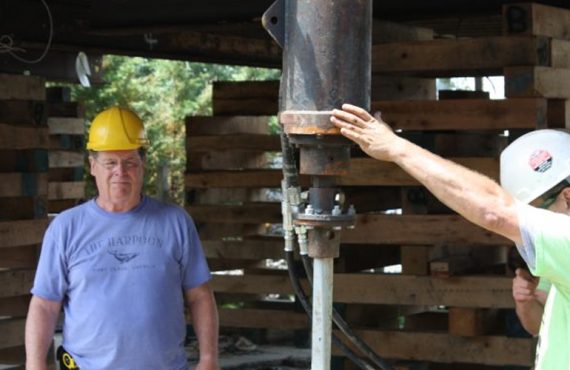

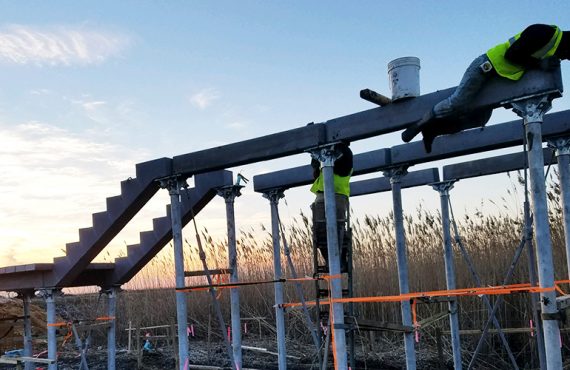
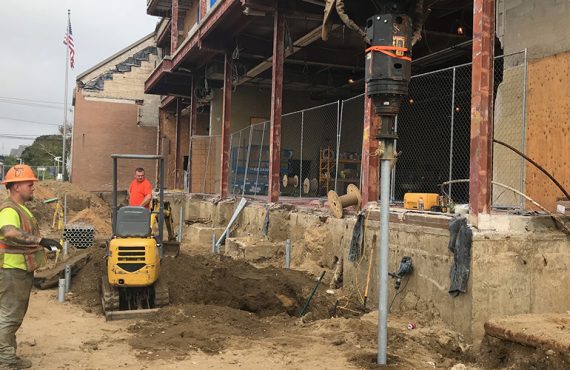
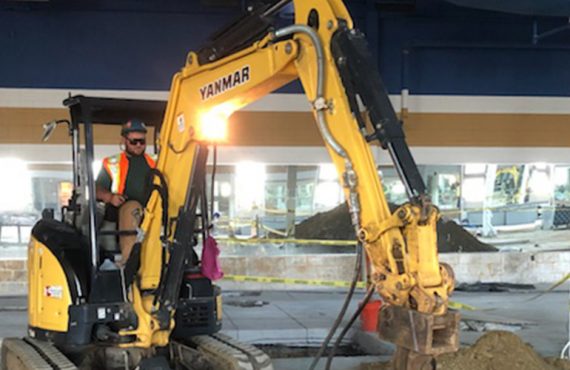

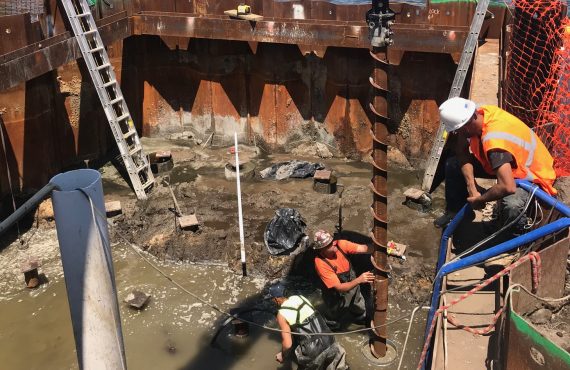
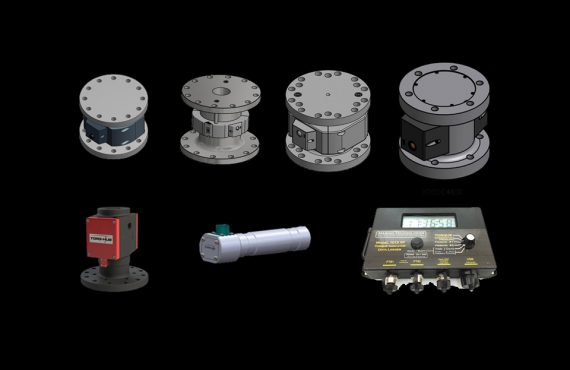
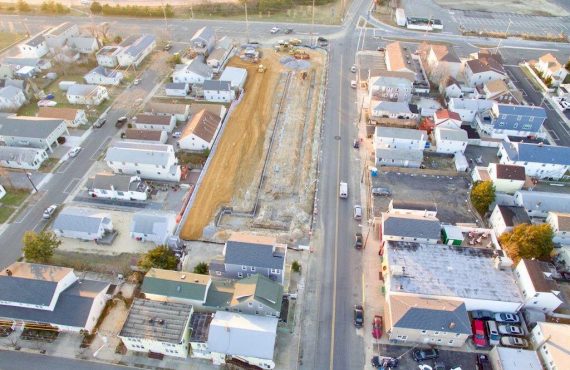


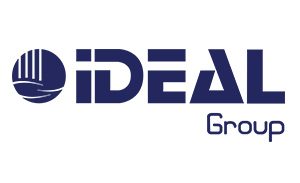

[…] make us truly proud. And a special thanks to all of our guest bloggers – Gary Seider, Lee Goen, Dino Vito, Art Koziol, Tom McAuliffe, Paul Mauer, High Rise Industries, Joe D’Angelo, […]